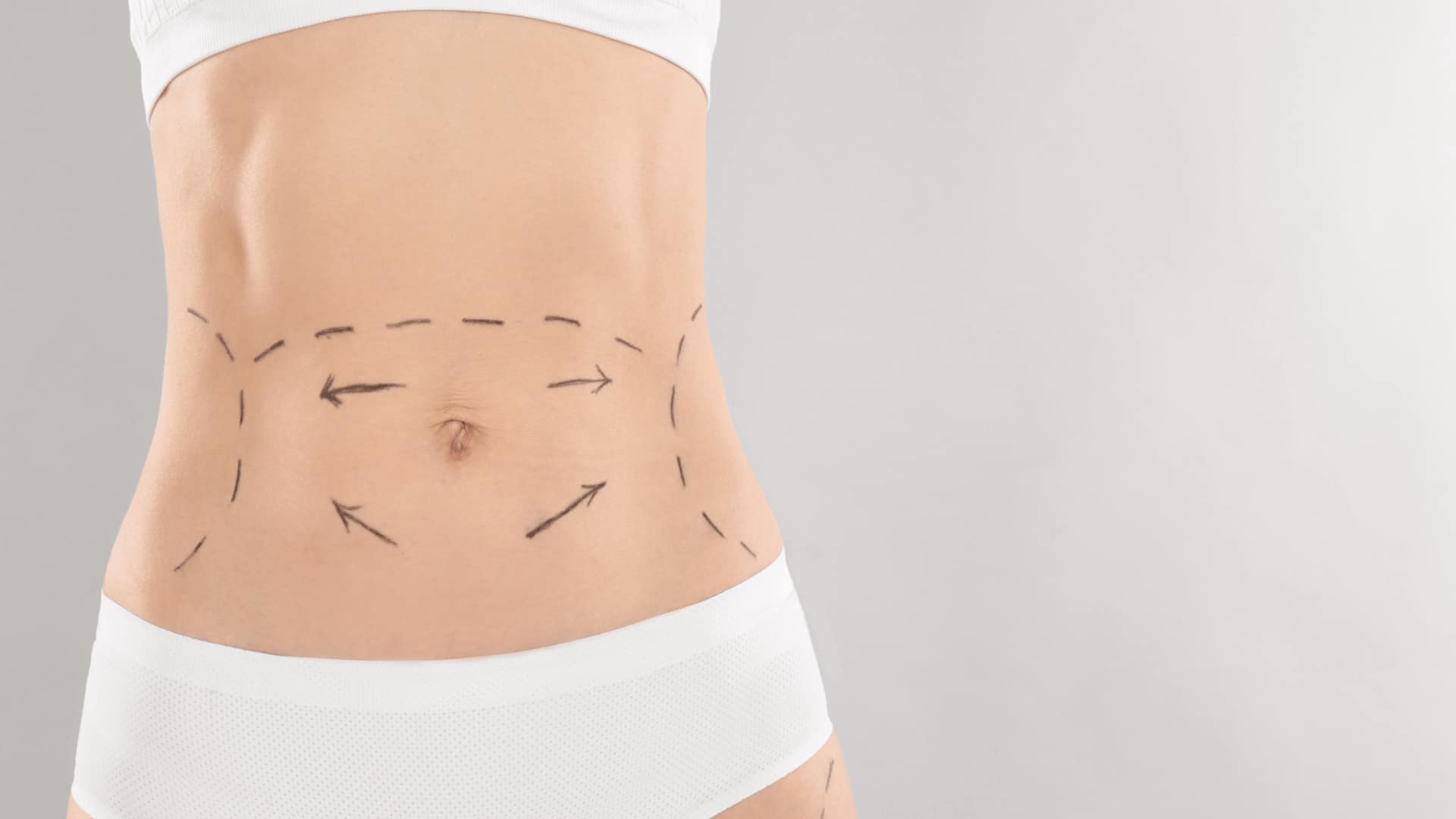Introduction
Welcome to the definitive guide on Abdominoplasty, a transformative cosmetic procedure designed to sculpt and rejuvenate the abdominal region. In this detailed exploration, we aim to provide comprehensive insights into the various aspects of abdominoplasty, from its purpose and procedures to recovery and considerations.
Understanding Abdominoplasty
Defining Abdominoplasty
Abdominoplasty, commonly known as a tummy tuck, is a cosmetic surgery procedure aimed at enhancing the appearance of the abdominal area. This involves the removal of excess skin and fat, as well as the tightening of abdominal muscles, resulting in a firmer and more sculpted midsection.
Key Objectives
1. Excess Skin Removal
One of the primary objectives of abdominoplasty is the removal of excess skin, particularly common after significant weight loss or pregnancy.
2. Fat Reduction
In addition to addressing excess skin, abdominoplasty often involves targeted fat removal, contributing to a more defined and contoured abdomen.
Types of Abdominoplasty
Full Abdominoplasty
A full abdominoplasty is a comprehensive procedure that addresses the entire abdominal area. It involves an incision made horizontally between the hipbones, allowing for significant skin and fat removal, as well as muscle tightening.
Mini Abdominoplasty
Ideal for individuals with localized concerns, a mini abdominoplasty focuses on the lower abdominal area. The incision is typically smaller, and it primarily targets excess skin and muscle laxity below the navel.
The Abdominoplasty Process
Consultation and Planning
The journey to a sculpted abdomen begins with a thorough consultation with a qualified cosmetic surgeon. During this session, the surgeon evaluates the patient’s unique anatomy, discusses aesthetic goals, and formulates a personalized surgical plan.
Surgical Procedure
1. Anesthesia and Incision
Abdominoplasty is typically performed under general anesthesia. The surgeon makes an incision strategically placed to be discreet, considering factors such as clothing coverage. The length of the incision varies based on the type of abdominoplasty.
2. Tissue Removal and Muscle Tightening
Excess skin and fat are meticulously removed, and the abdominal muscles are often tightened to create a more toned appearance. The remaining skin is then repositioned for a natural and aesthetically pleasing result.
Recovery and Aftercare
Post-surgery, a comprehensive aftercare plan is provided. Patients are advised on proper wound care, pain management, and gradual resumption of normal activities. Follow-up appointments with the surgeon are crucial to monitor progress.
Choosing the Right Surgeon for Abdominoplasty
Expertise and Experience
1. Board-Certified Surgeons
Selecting a board-certified cosmetic surgeon is imperative for a safe and successful abdominoplasty experience. Certification ensures expertise and adherence to the highest standards of patient care.
2. Reviewing Portfolios and Testimonials
Exploring the surgeon’s portfolio of before-and-after photos and reading patient testimonials provides valuable insights into their skill and the satisfaction of previous patients.
Conclusion
In conclusion, abdominoplasty is a transformative procedure that goes beyond aesthetics, addressing both physical and emotional aspects. Choosing a qualified surgeon and understanding the intricacies of the procedure are vital steps toward achieving a sculpted and confident abdomen.


























